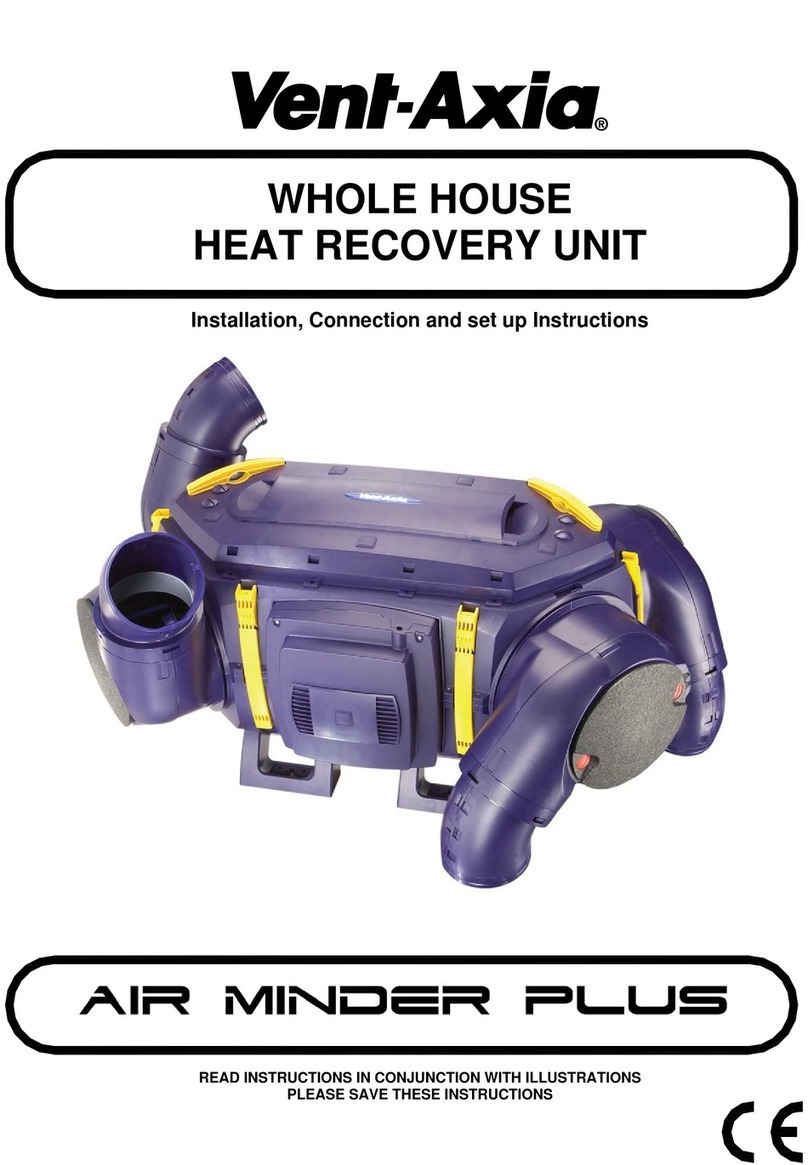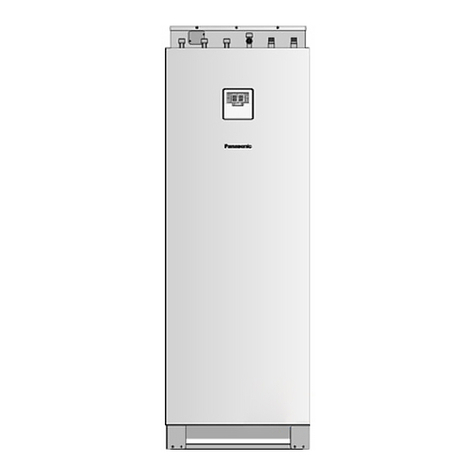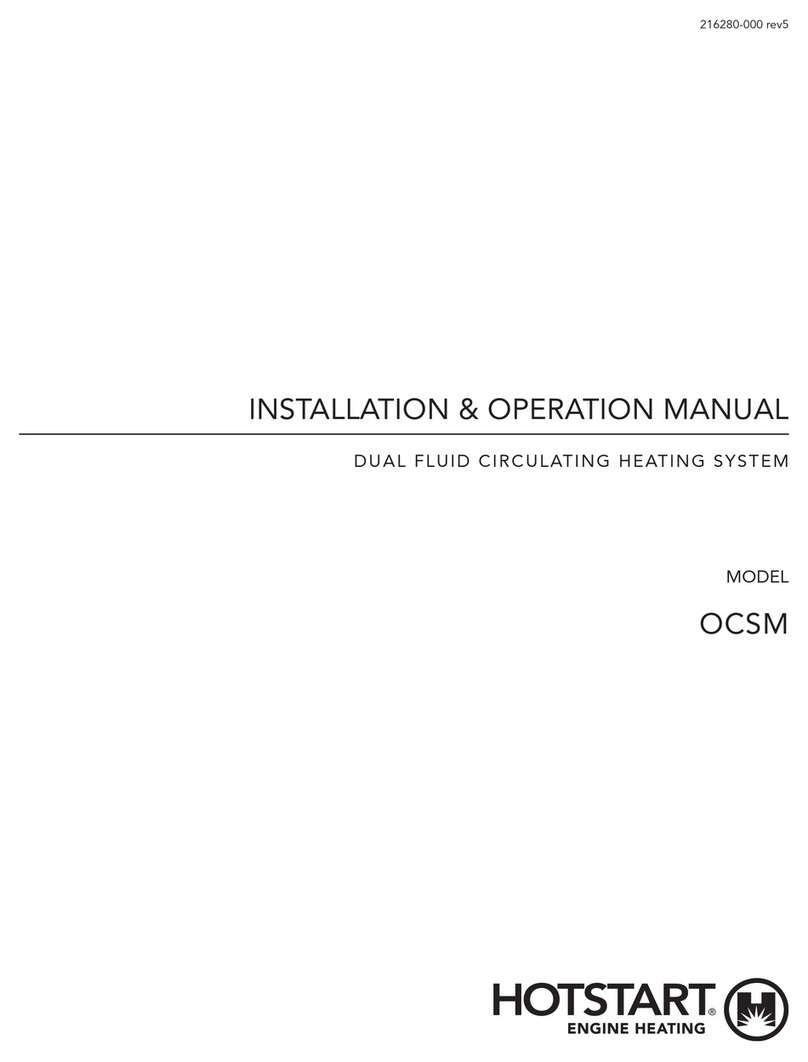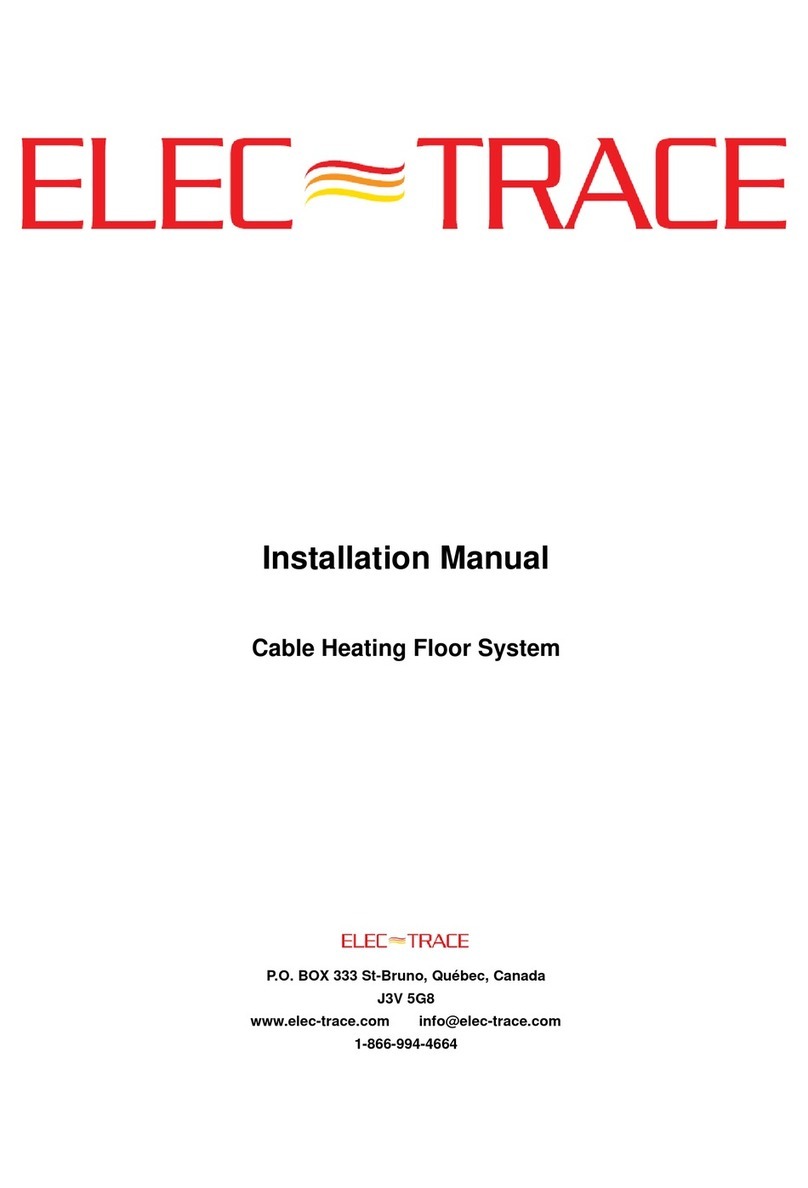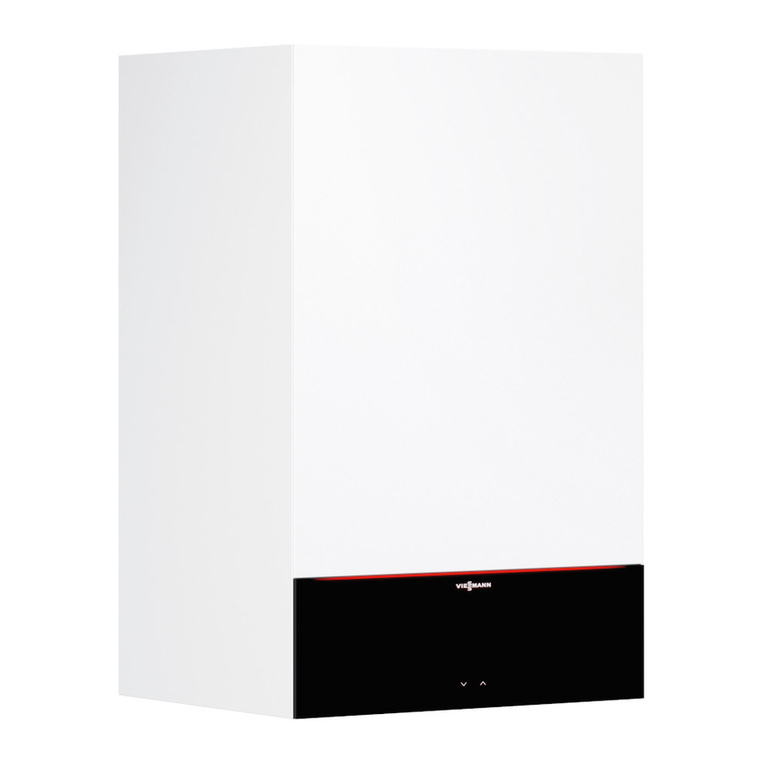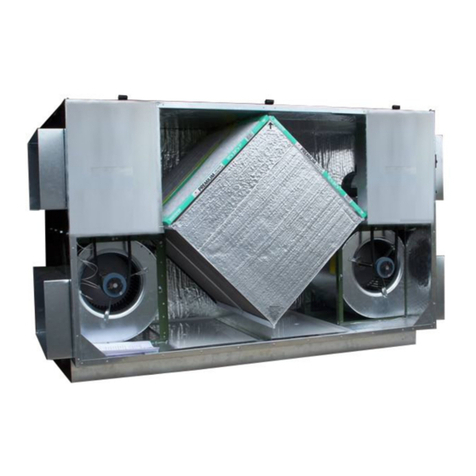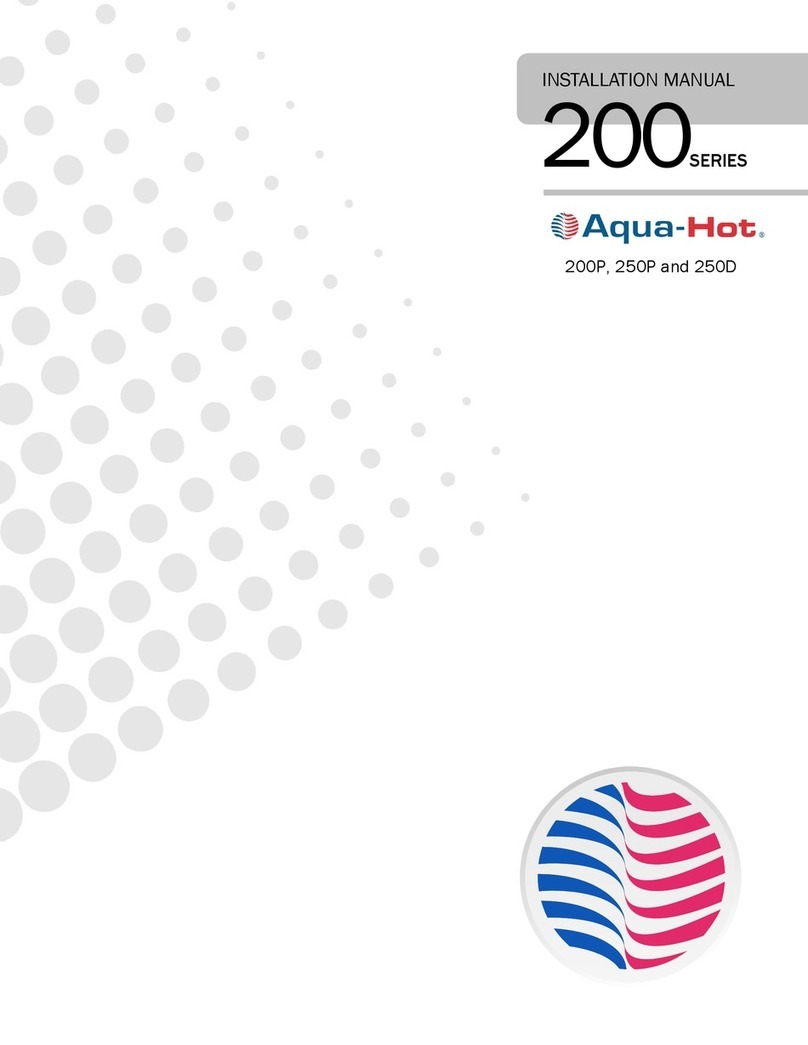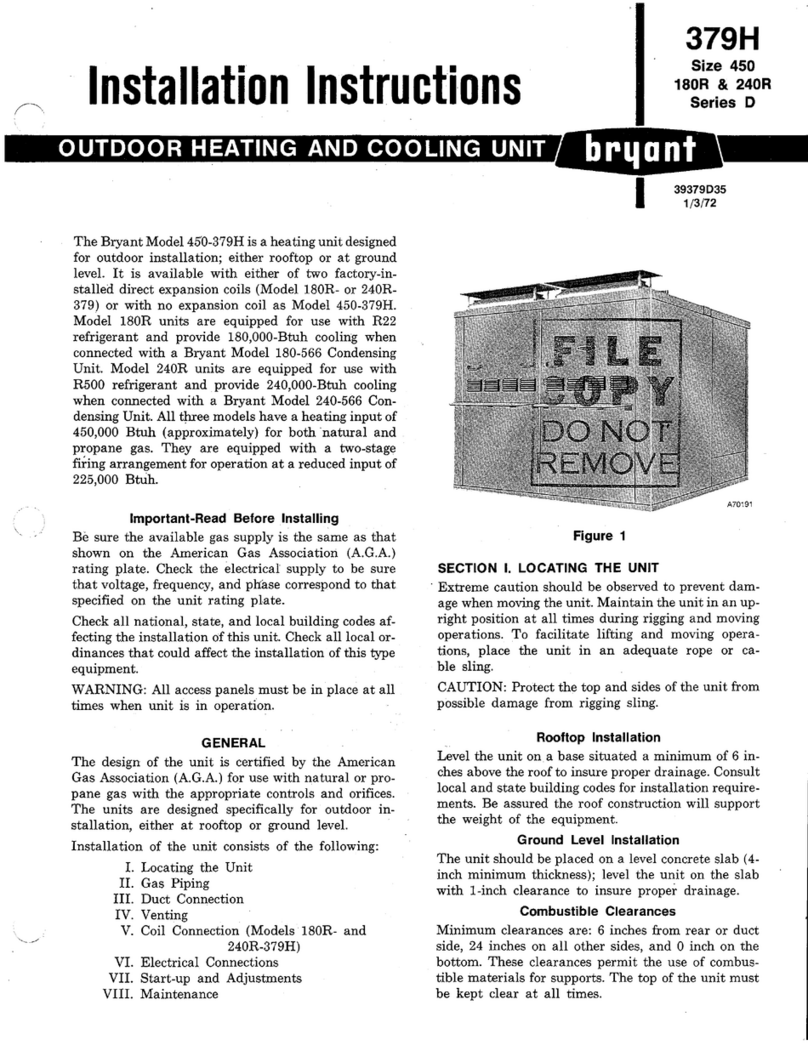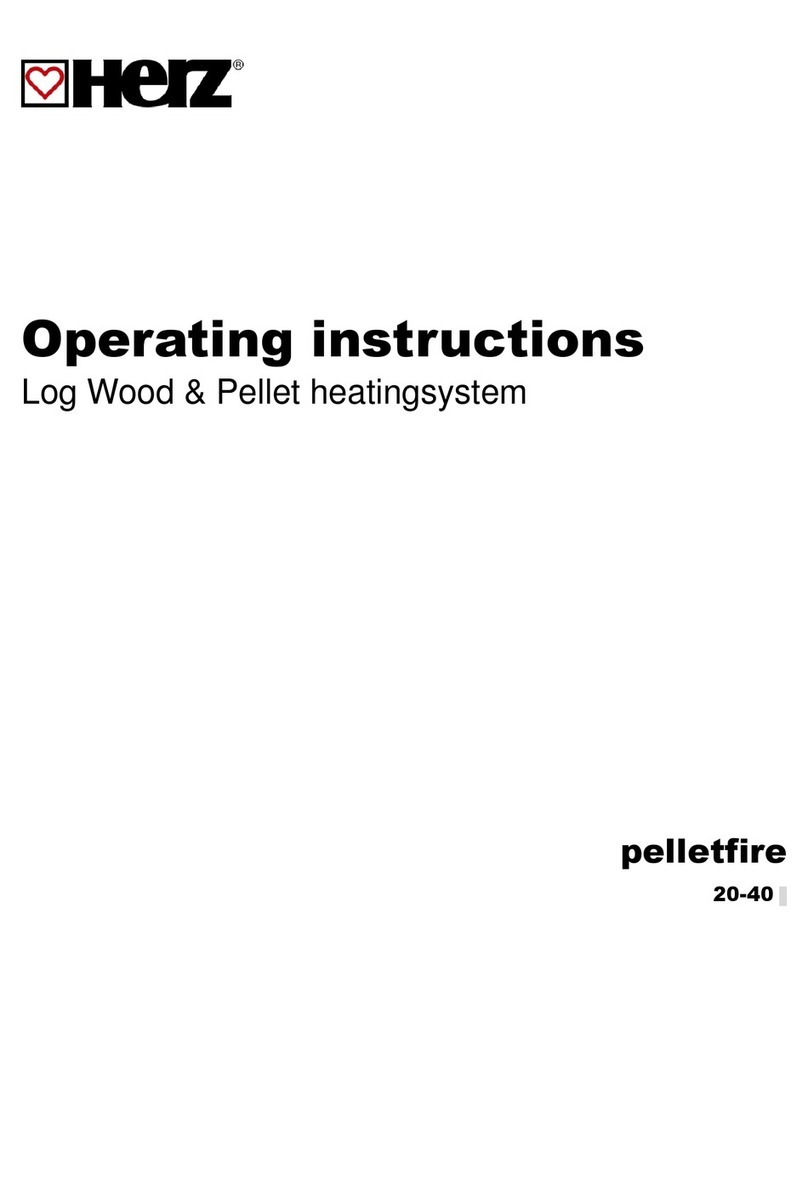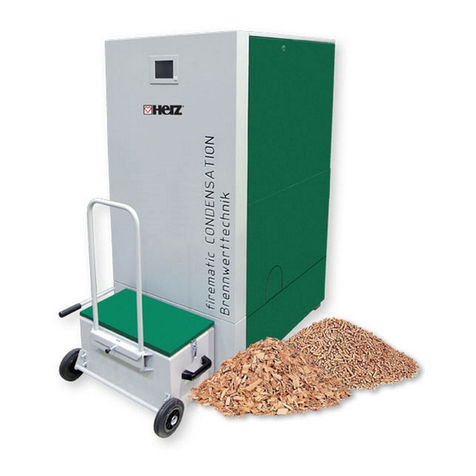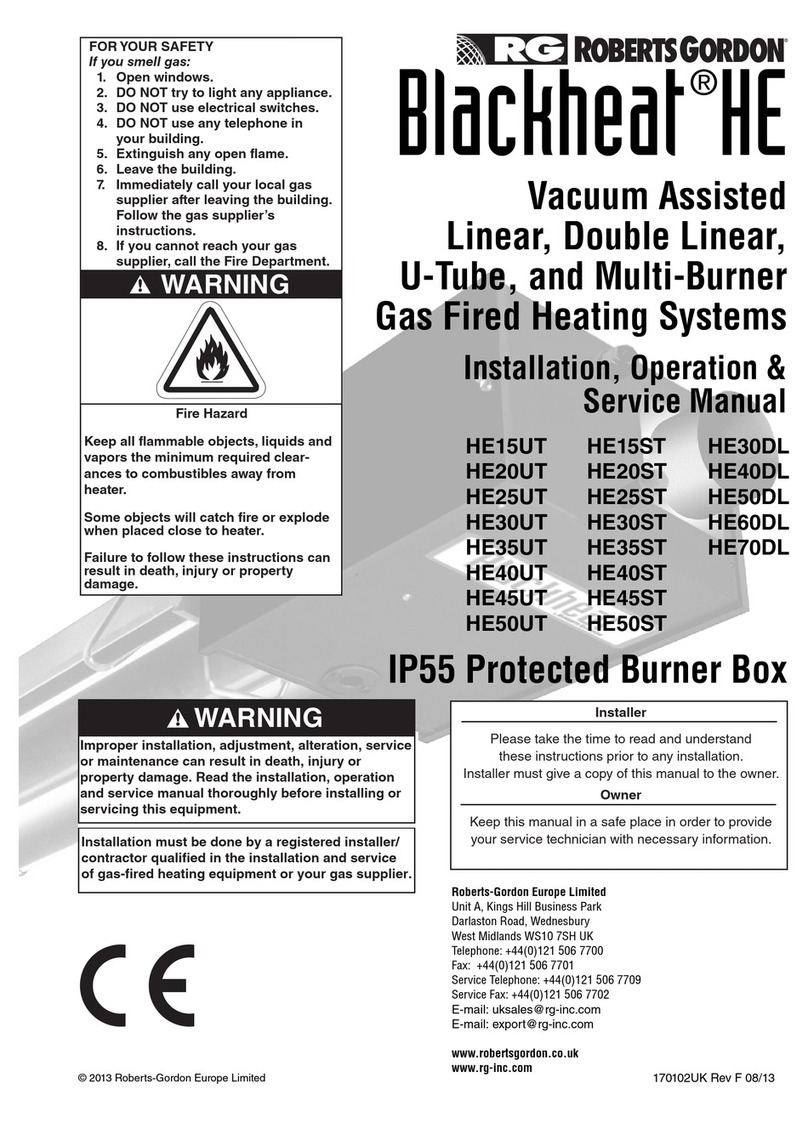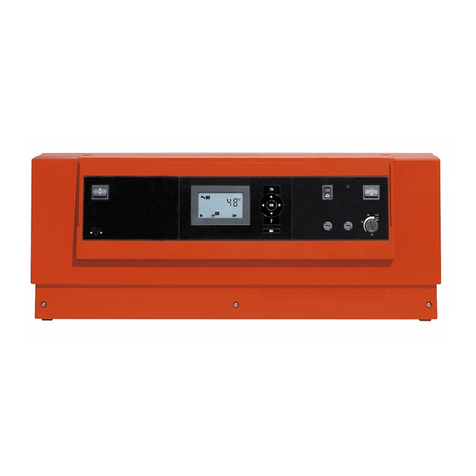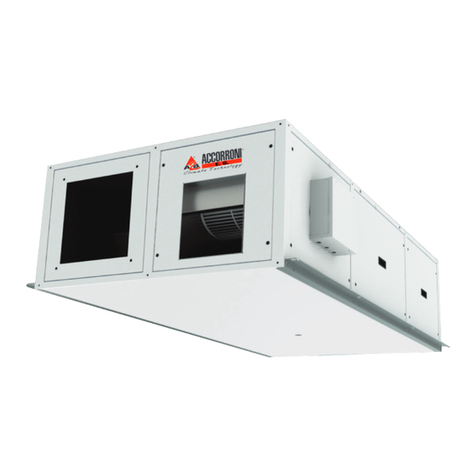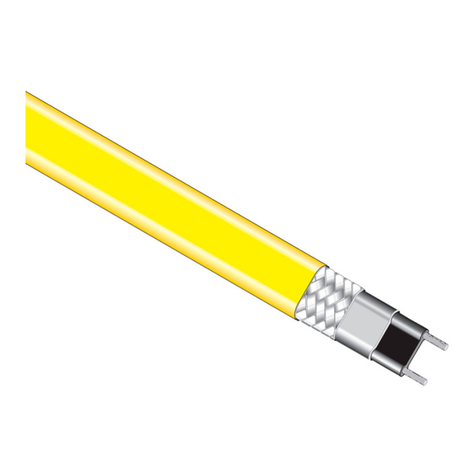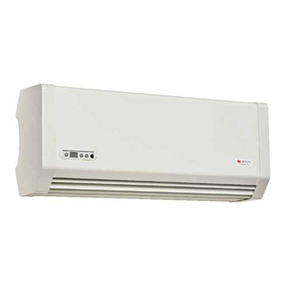13
Expansion cracks at insulating plates, respectively
burning chamber stones, don´t affect their
capacities and don´t represent warranty claim.
6.6 Commissioning
The commissioning must be carried out by HERZ
factory customer service or an authorised
specialist.
A pressure measurement is conducted
additionally after boiler has been operated with
the actual fuel for > 1 hour and a flow temperature
of 70-85 °C.
The result of the pressure measurement
represents a characterisation of the draught
during normal operation and shows, if the required
draught has been reached. If a deviation occurs,
the existing chimney has not been dimensioned
correctly or dimensioning underlying installations
have not been carried out correctly (e.g.: faulty
connections, false air inflow, too long connection
pipe,...) and the boiler does not operate properly.
During initial operation and commissioning the
system controls and safety devices must be
checked and the handling of the boiler as well as
the system maintenance schedule must be
explained to the operator.
The hydraulic balancing of the equipment (pipe
installation) must be carried out by an authorised
specialist company (installer). Zusätzlich ist der
Installateur verpflichtet (lt. Draft documentation for
all the equipment (according to ÖNORM EN
12170), which must be kept in the boiler room.
6.7 Operating and impermissible
temperatures
Boiler temperature
The HERZ firematic boiler operates at a boiler
temperature between 65 to 90 °C. If the return
flow temperature is lower than 55 °C, flue gas will
condense on the inside of the boiler. So if the
boiler starts up, the operating temperature (from
65 to 90 °C) must be reached as quickly as
possible in order to avoid condensation. The back
flow temperature may also be lower than the
permissible value at correct boiler operating
temperature. This condition should be avoided by
a back flow temperature increase.
Note!
All guarantee or warranty claims are invalidated in
the event of damage by corrosion arising due to
impermissible operation temperatures.
Back flow temperature
The back flow temperature is always lower than
the boiler temperature. The back flow temperature
must exceed 60 °C as quickly as possible,
depending on the boiler type. Temperature level
retention of the back flow or the boiler
temperature is achieved using a so-called back
flow bypass or back flow temperature monitoring.
In this case the flow is admixed via a pump and a
valve to the back flow.
The boiler´s heat energy can only be used after
the back flow temperature has exceeded 60 °C.
Too high boiler temperatures
The boiler can be operated with a maximum boiler
temperature up to 90 °C. If the decrease of
performance drops suddenly (mixers shut-off, hot
water tank load pump switches off) the boiler´s
saved heat energy can overheat the boiler.
The firematic boiler has three different pre-
installed safety devices to prohibit a further
temperature increase:
◼Overheat temperature (higher than 92 °C
boiler temperature)
At this temperature the connected consumer
pumps get switched on in order to conduct
overheat (consumer pump connection to the
HERZ controls is required). Therefore the
consumers will set on their maximum value.
Consumer pump connection to the HERZ
controls is required. If the consumer pumps
aren´t connected to the HERZ controls, a
higher probability of overheating, resulting in
failure, is given.
◼Thermal valve for security heat exchanger:
The thermal valve must be connected to the
built in safety heat exchanger, according to
applied standards.
◼Safety temperature limiter –STL (over 95°C
boilertemperature)
At this temperature the boiler gets switched off.
The safety temperature limiter locks itself and
the boiler operation. A fault report gets
indicated, the boiler gets switched off.
Flue gas temperature
The flue gas temperature depends on the boiler
operation conditions, the fuel, the ventilator setting
and the boiler type.
Observe:
The chimney must be insensitive to moisture and
calculated and dimensioned according to DIN
4705 or EN 13384 . HERZ does not carry out
chimney calculations. The chimney calculation
must be calculated by authorised personnel. A
miscalculated or undimensioned chimney may
lead to a malfunction of the system.




















